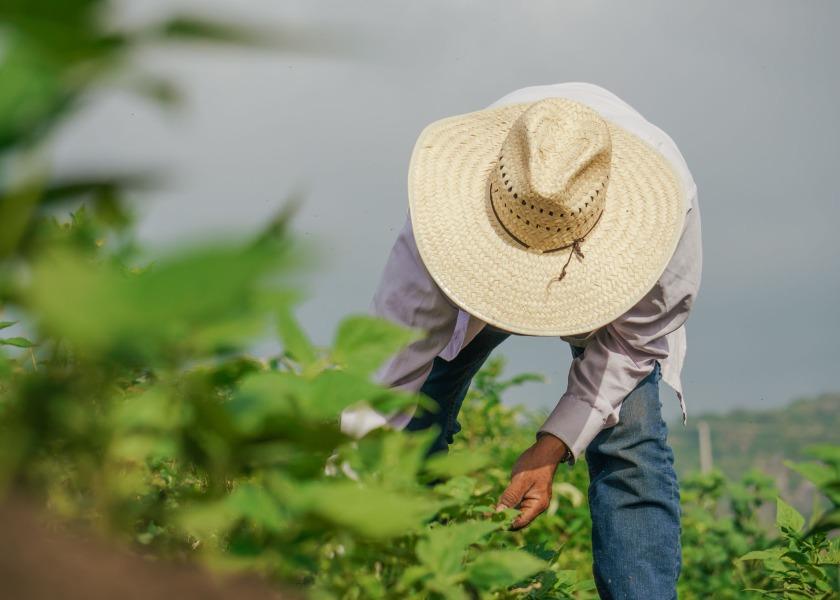Farmworker wages up 7% from last year, according to USDA Farm Labor Survey

Hired farmworkers play a critical role in U.S. agriculture while making up less than 1% of all U.S. workers, according to a recent USDA report.
The USDA’s National Agricultural Statistics Service tracks the farmworker labor force and, on Nov. 23, it released its biannual Farm Labor Survey results report sharing wage data from the past year.
Not only does this survey report on hired farm labor trends, demographics and regional variances, but the Farm Labor Survey tracks changes in income that will be used to inform H-2A worker wages in the U.S.
The top finding from the report is that, in the past five years, farm wages grew at 2.9% per year. This increase is consistent with growers' reports that workers were harder than usual to find, according to the USDA report.
Other takeaways of the Farm Labor Survey include:
-
Hired worker wages were up by 2% and gross wage rate increased 7% from 2021.
-
Farm operators paid workers an average gross wage of $17.72 an hour, up 7% from the same week in 2021.
-
Inflation-adjusted wages for nonsupervisory crop and livestock workers (excluding contract labor) rose at an average annual rate of 1.1% per year between 1990 and 2022.
-
Across all farm types, labor costs averaged around 10% in the last two decades.
Although farm wages are rising in real terms, the impact of these gains on farmers’ incomes have been offset by productivity and output prices, according to the USDA.
Concerns about implications for H-2A
H-2A wage changes are updated through the Department of Labor’s Adverse Effect Wage Rates (AEWR) for 2023, which sources its data from the Farm Labor Survey. While recommending wage increases for H-2A farm workers is good news for some, not everyone agrees with the increase.
The International Fresh Produce Association favors stopping wage increases to H-2A workers through legislative reform, according to a recent news release. Further, the organization champions the House-passed Farm Workforce Modernization Act, which proposes putting an annual cap on increases to the AEWR.
“Today’s release of the Farm Labor Survey by the USDA should be a clarion call from the fresh produce industry on why Congress must act this year on agriculture immigration reform legislation,” Robert Guenther, IFPA’s chief public policy officer, said in the release. “For the last two years, ramping up to the 2022 congressional mid-terms, we have heard so much rhetoric from our elected officials about the rising cost of food and inflation taking off. Next week, Congress has the ability to stop this unaffordable and unacceptable increase in wages that will cripple producers who are already suffering from high inflation.”
Related news: Pandemic can’t slow the growth of the H-2A program, USDA report says
The AEWR is determined by a formula by the Department of Labor, intended to protect the domestic workforces from having wages depressed by foreign agricultural workers. IFPA believes that this data does not reflect true wage cost for those who use the H-2A program.
“When Congress returns after the Thanksgiving holiday, they can put a stop to this assault on our members and the fresh produce industry by passing much needed immigration reform which will not only help the farmers who grow our food, but the consumers who buy it,” Guenther said.







